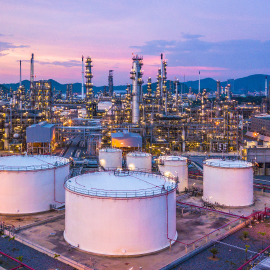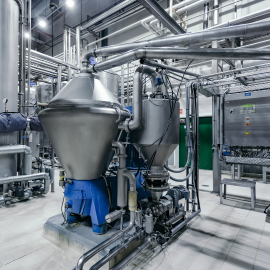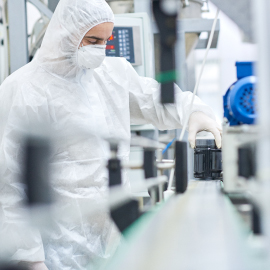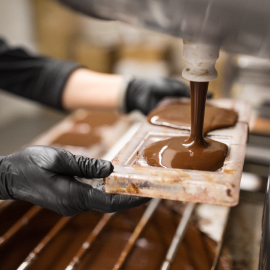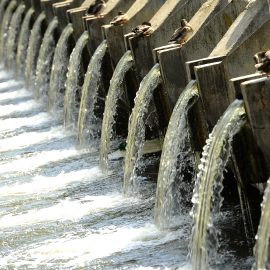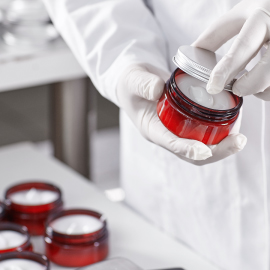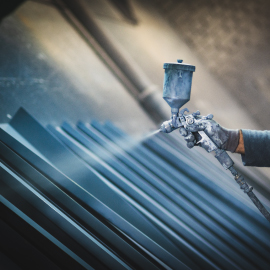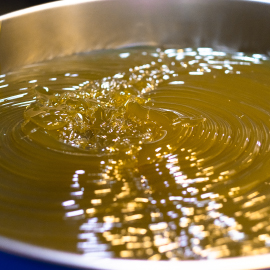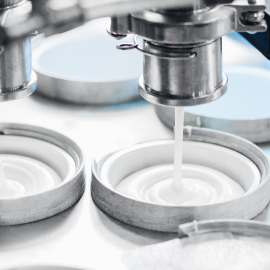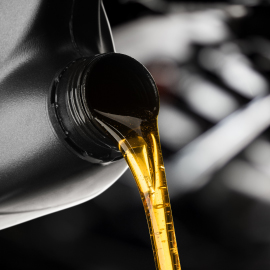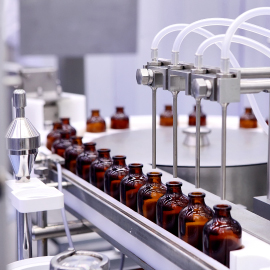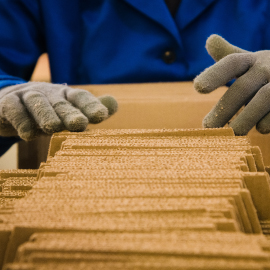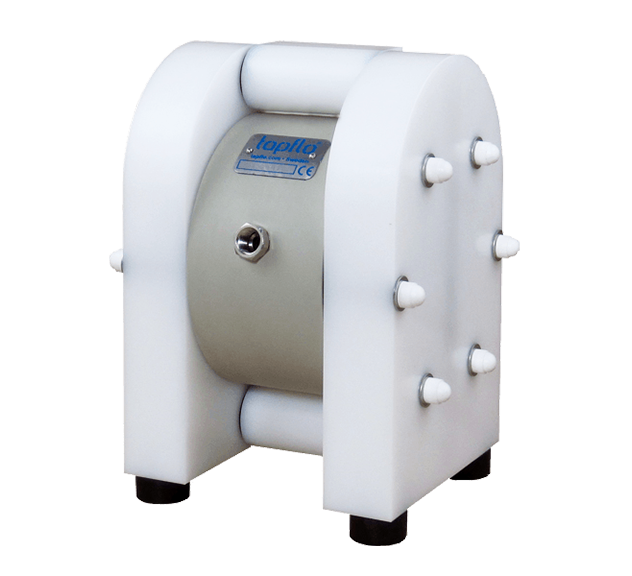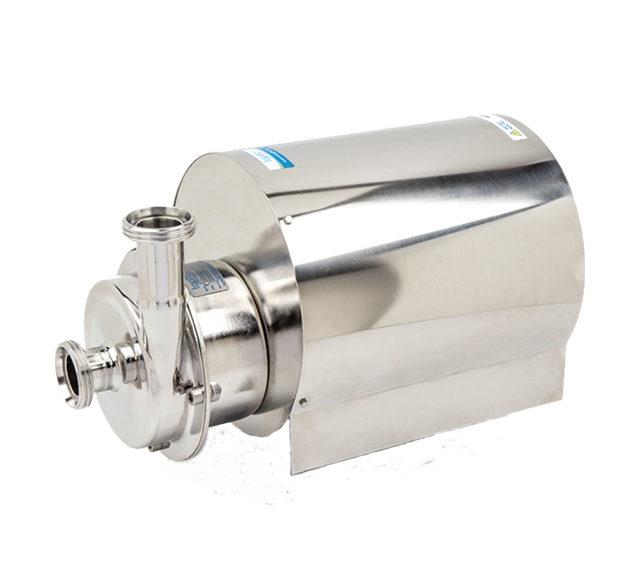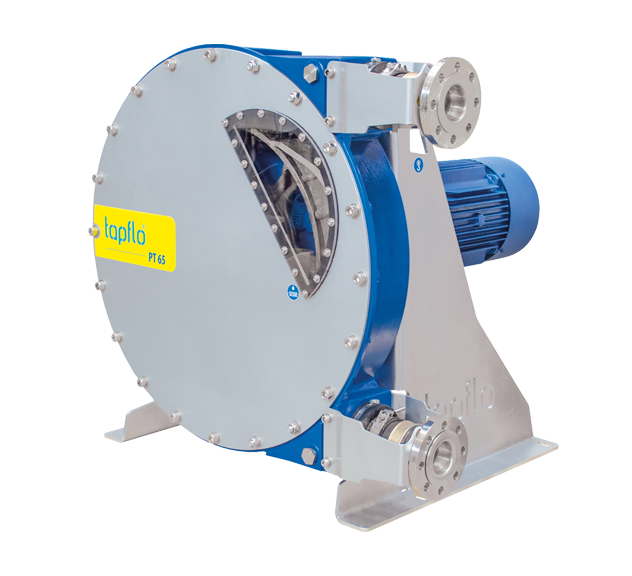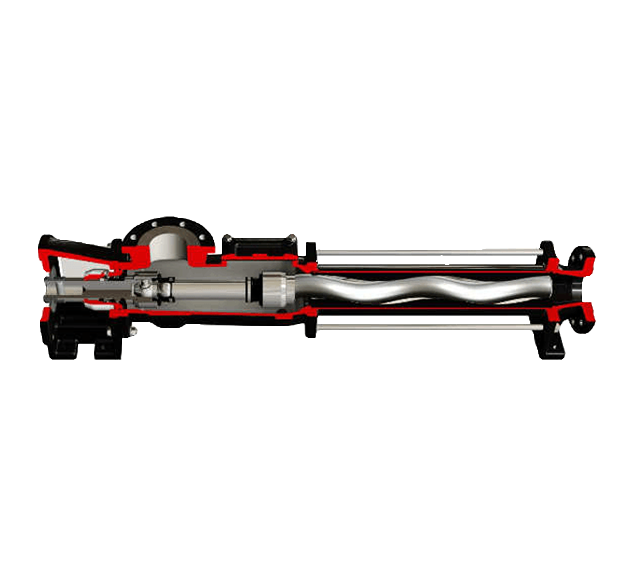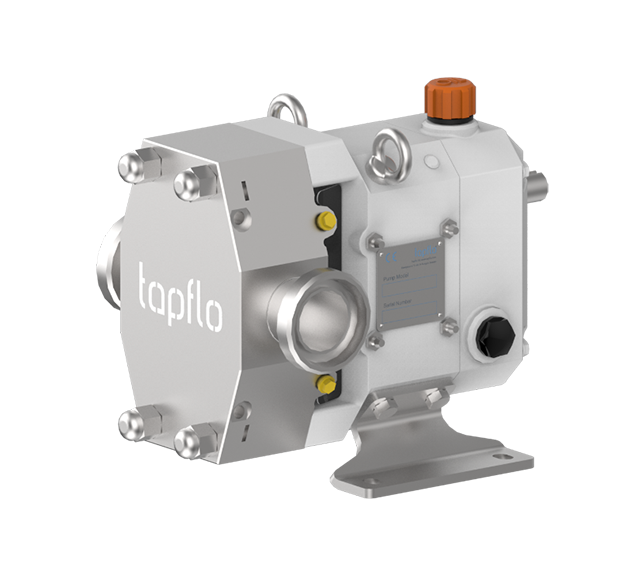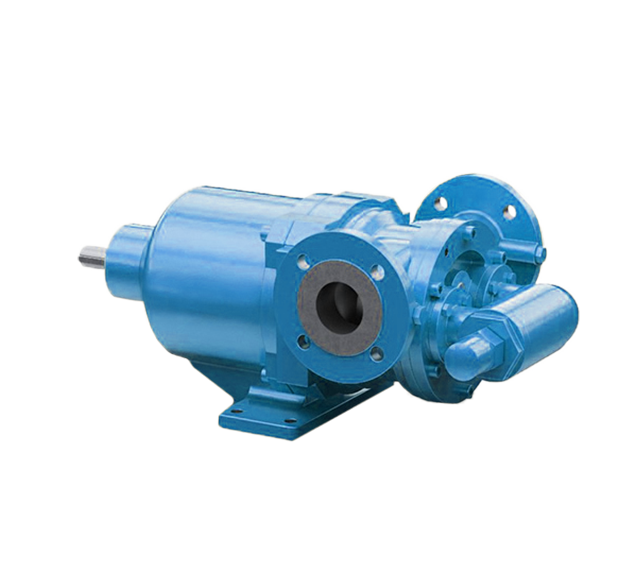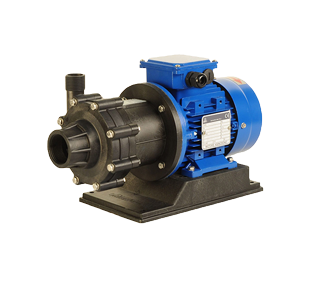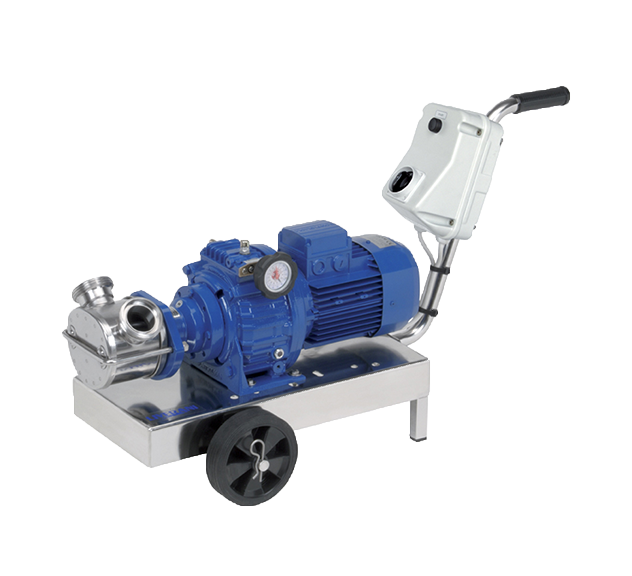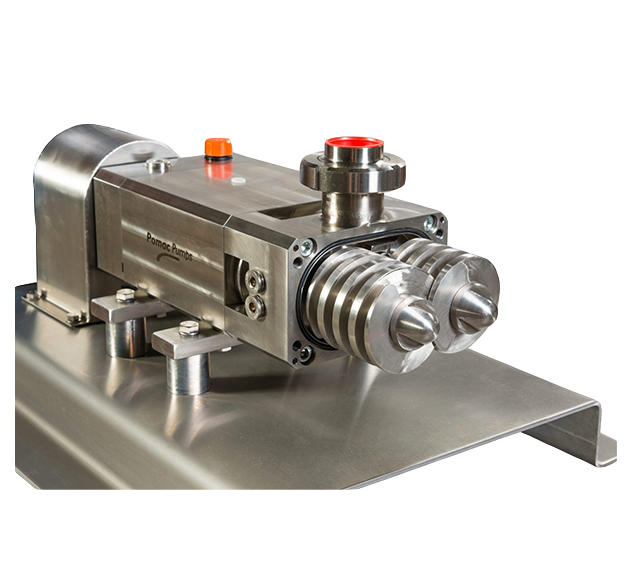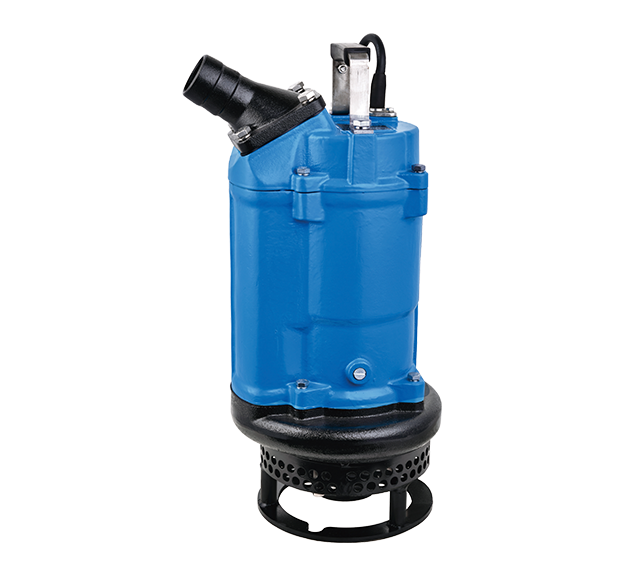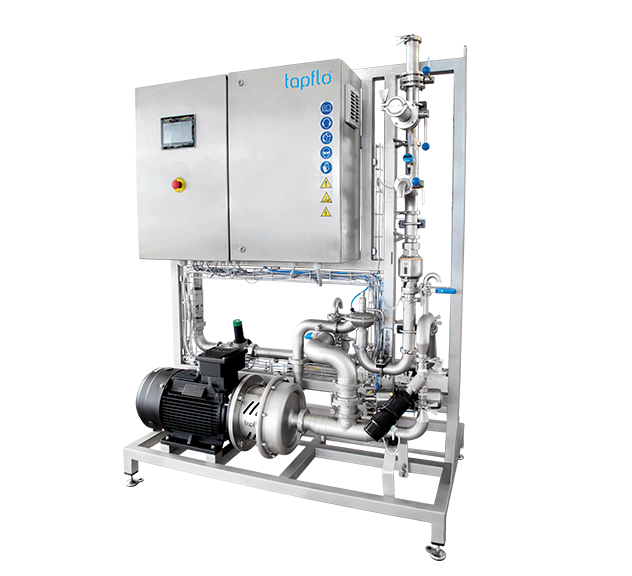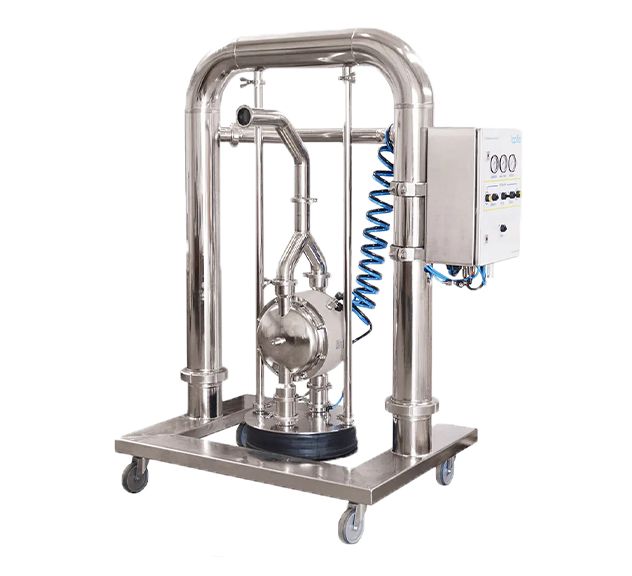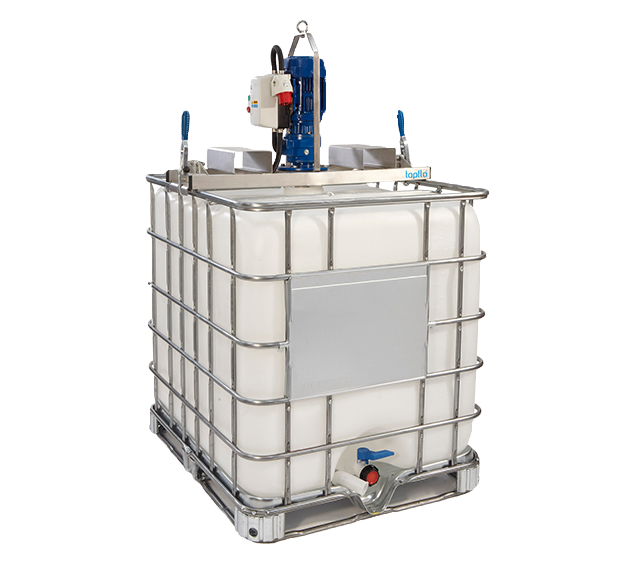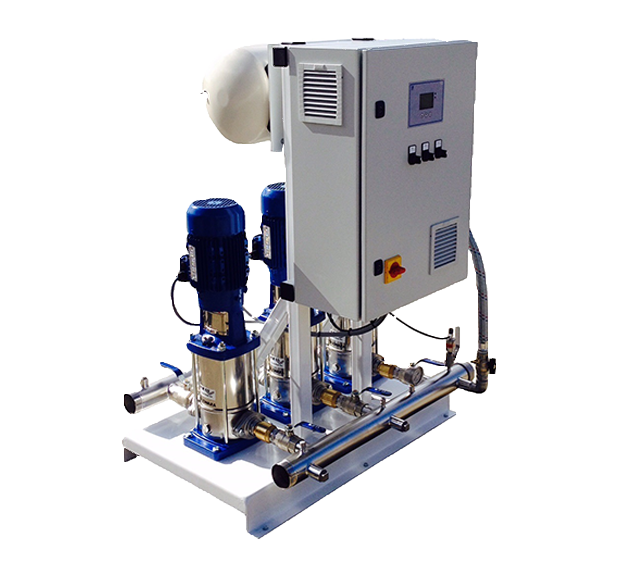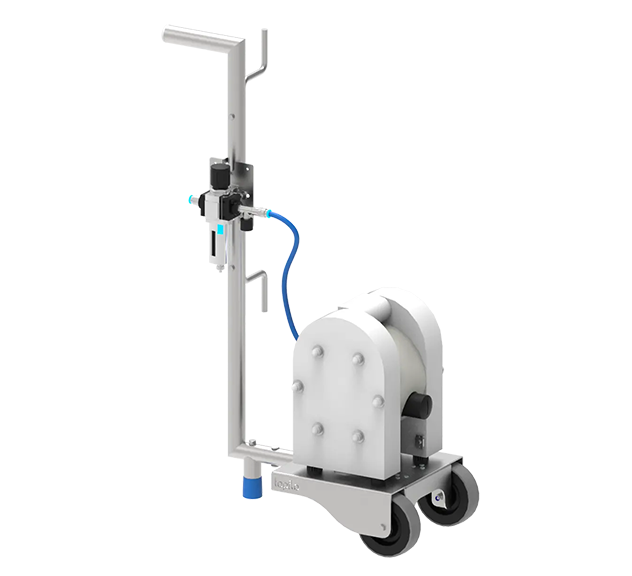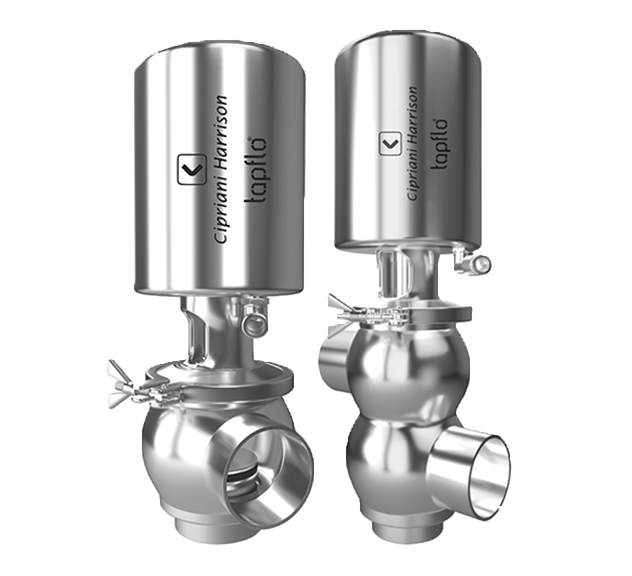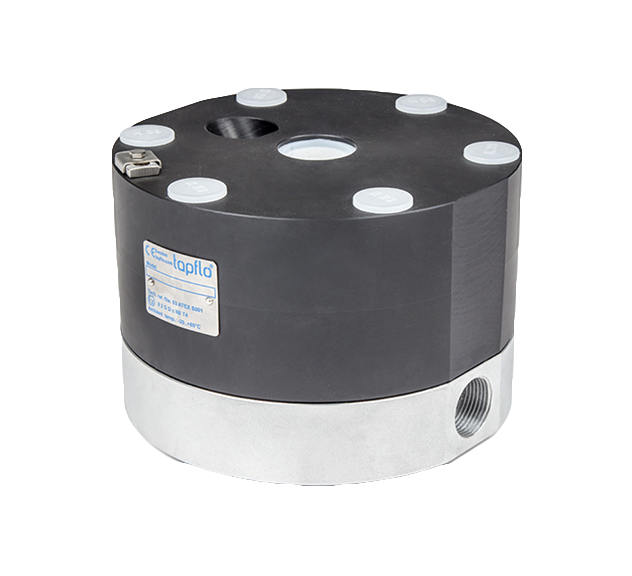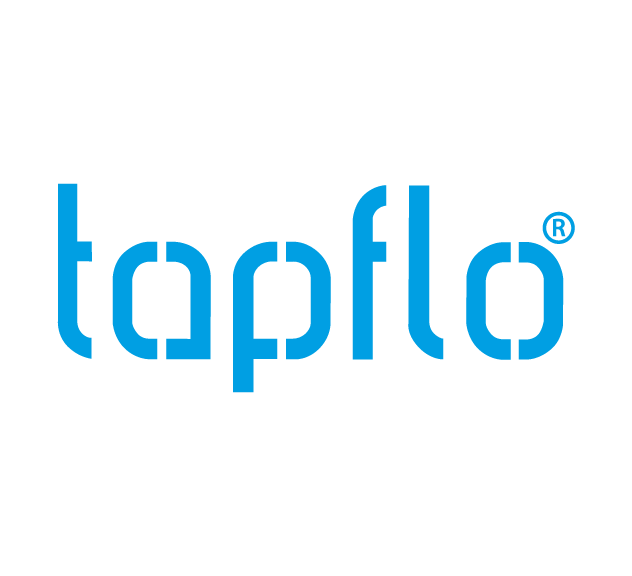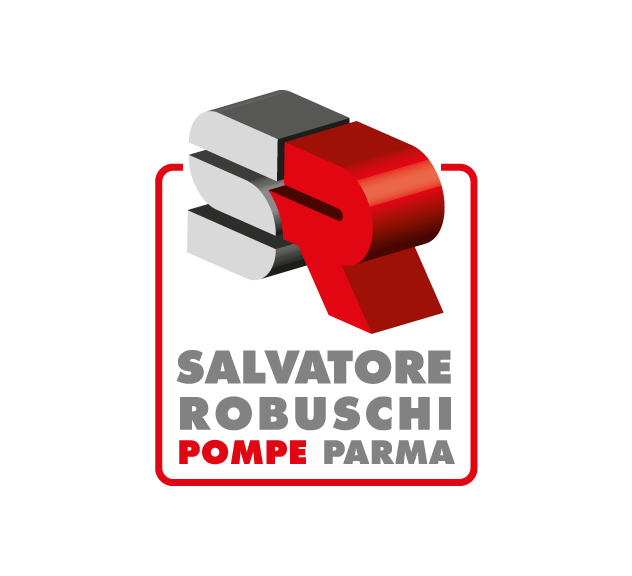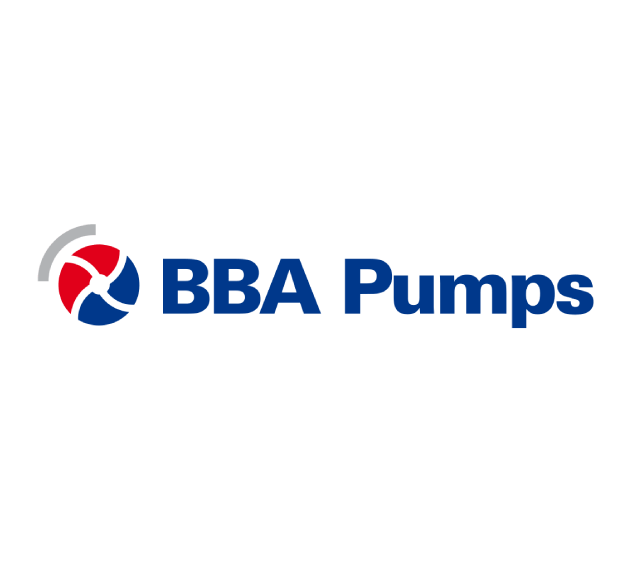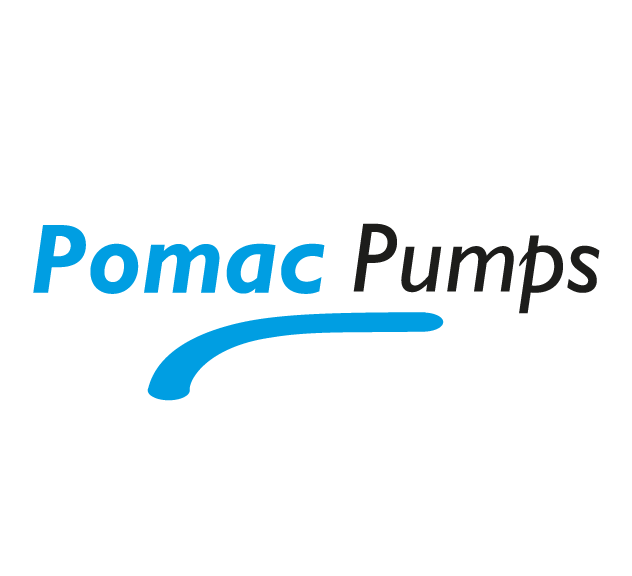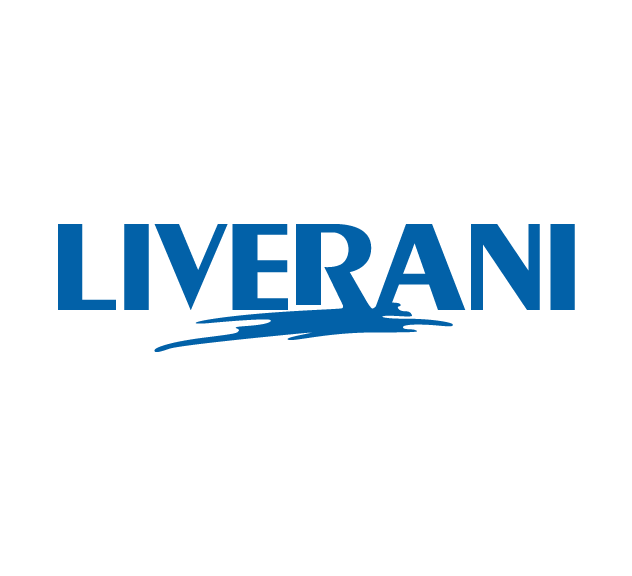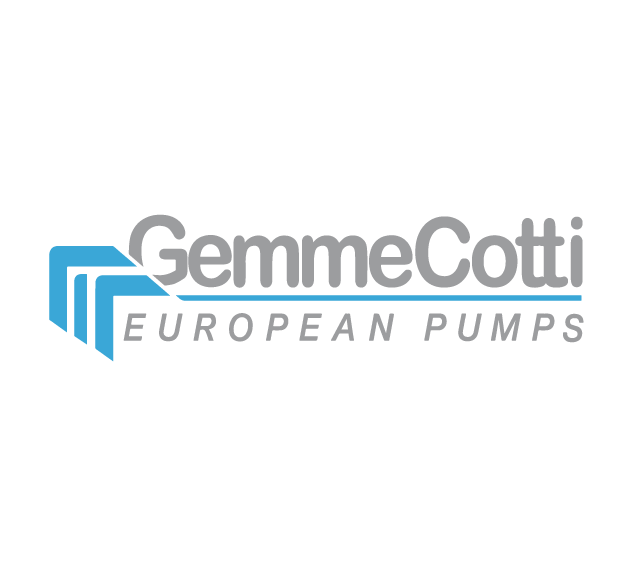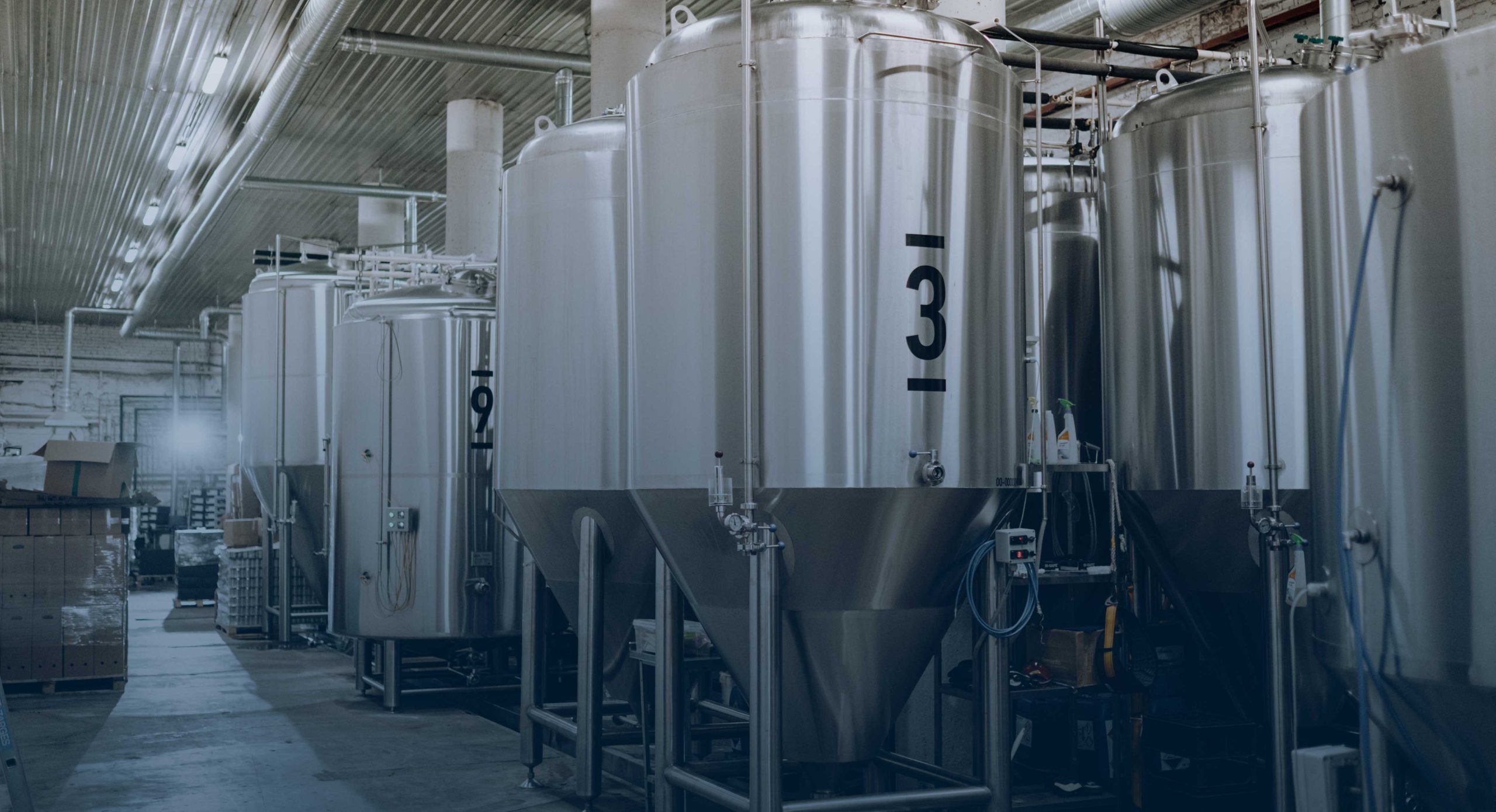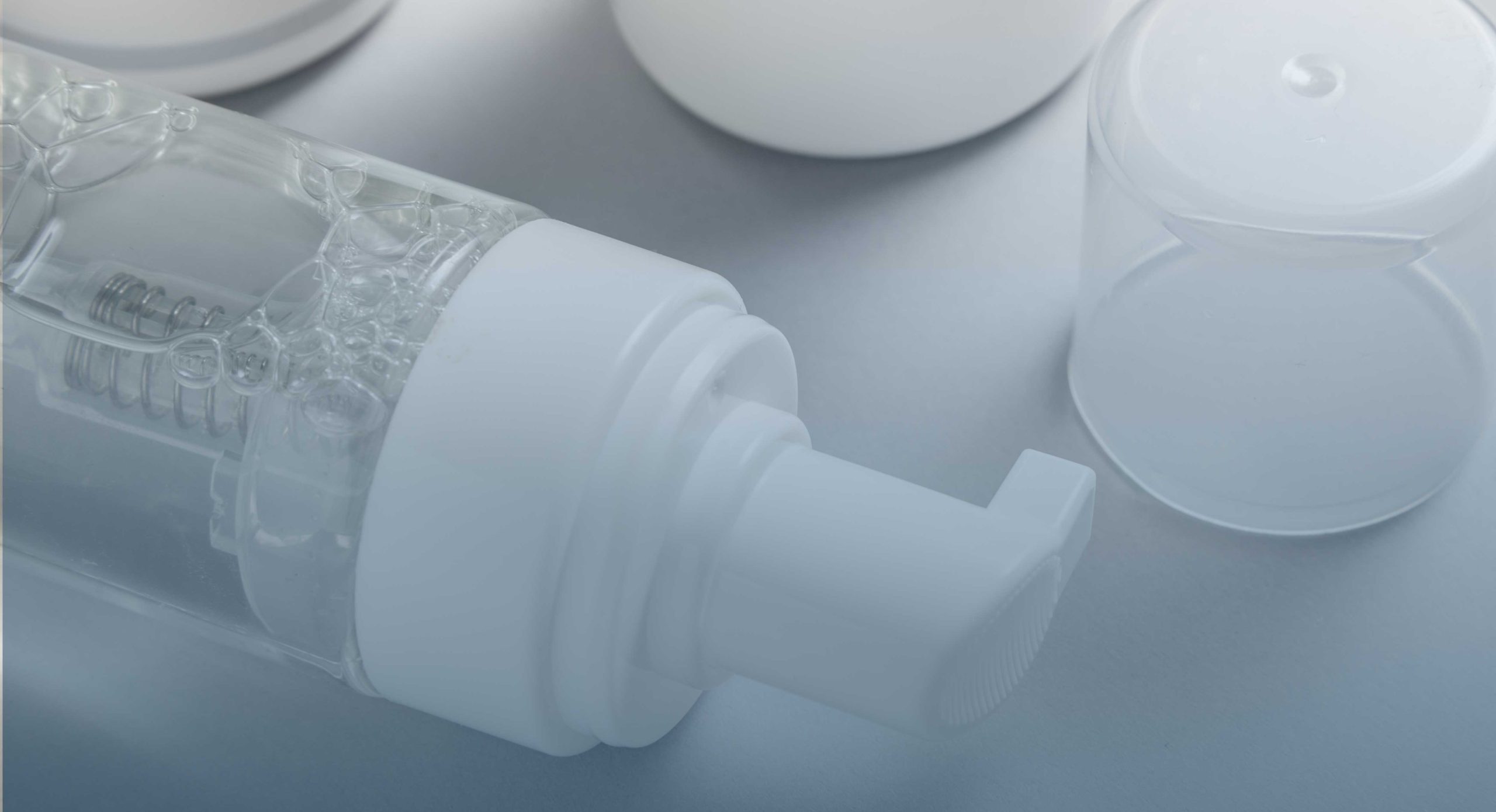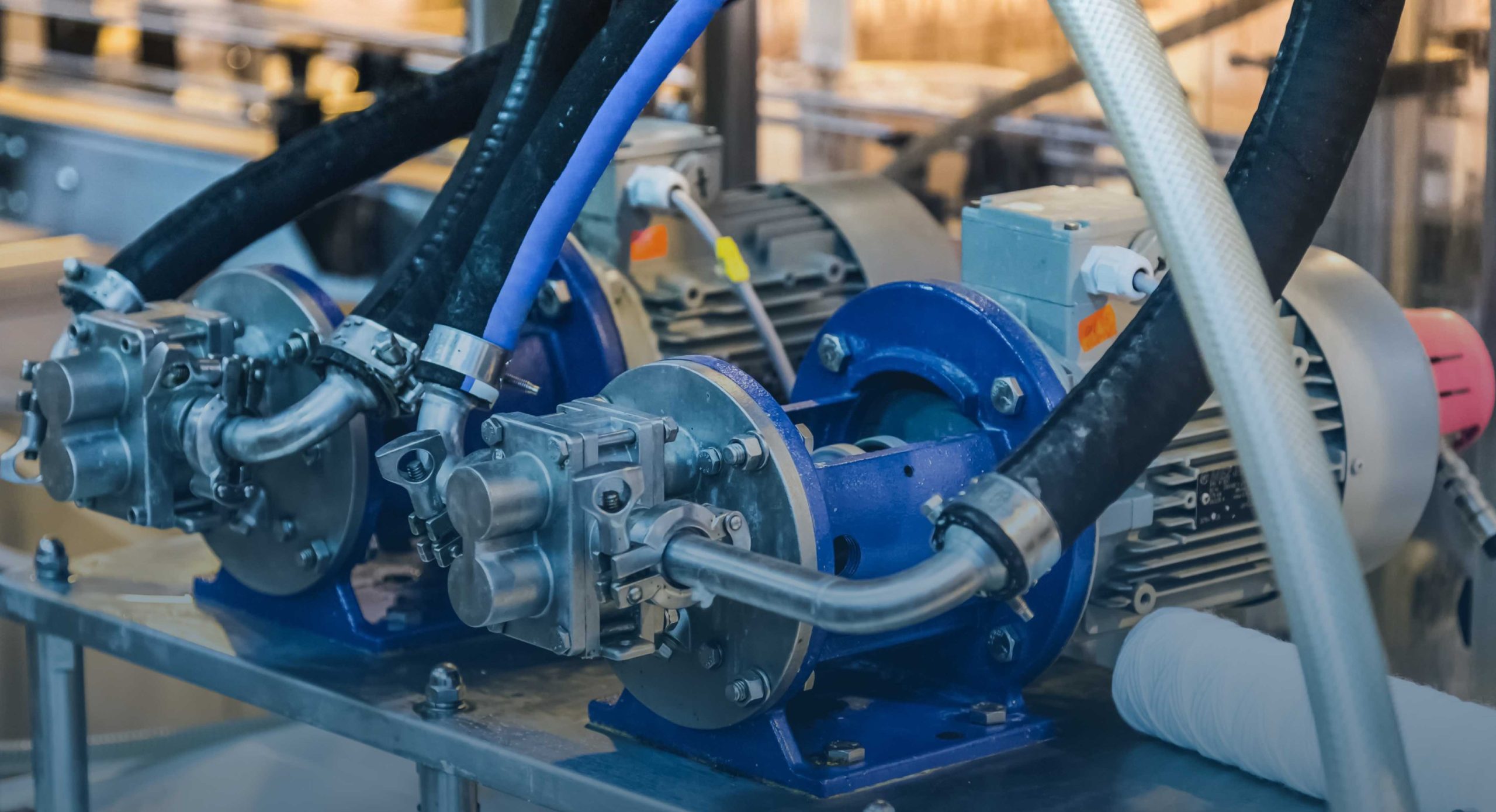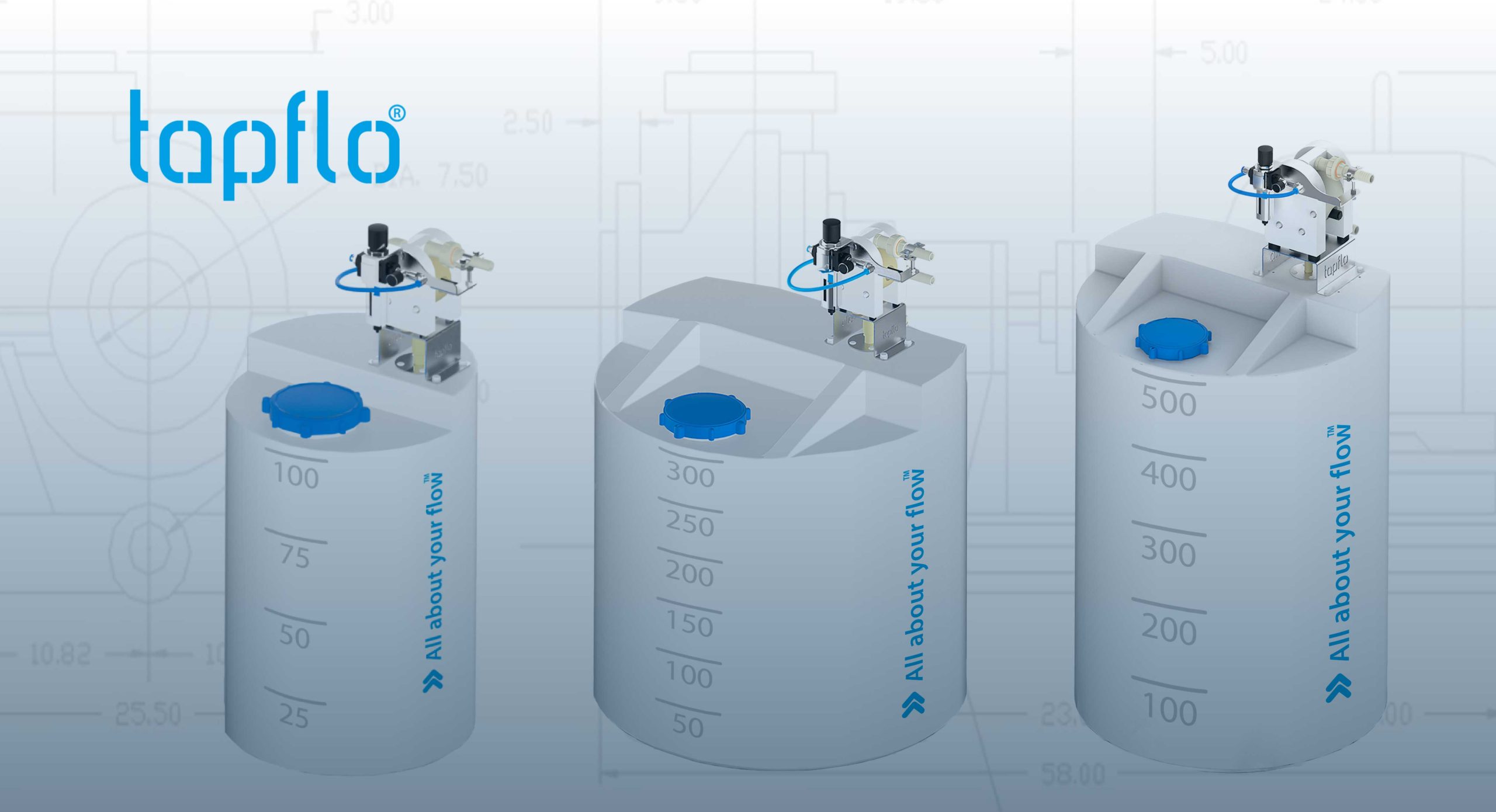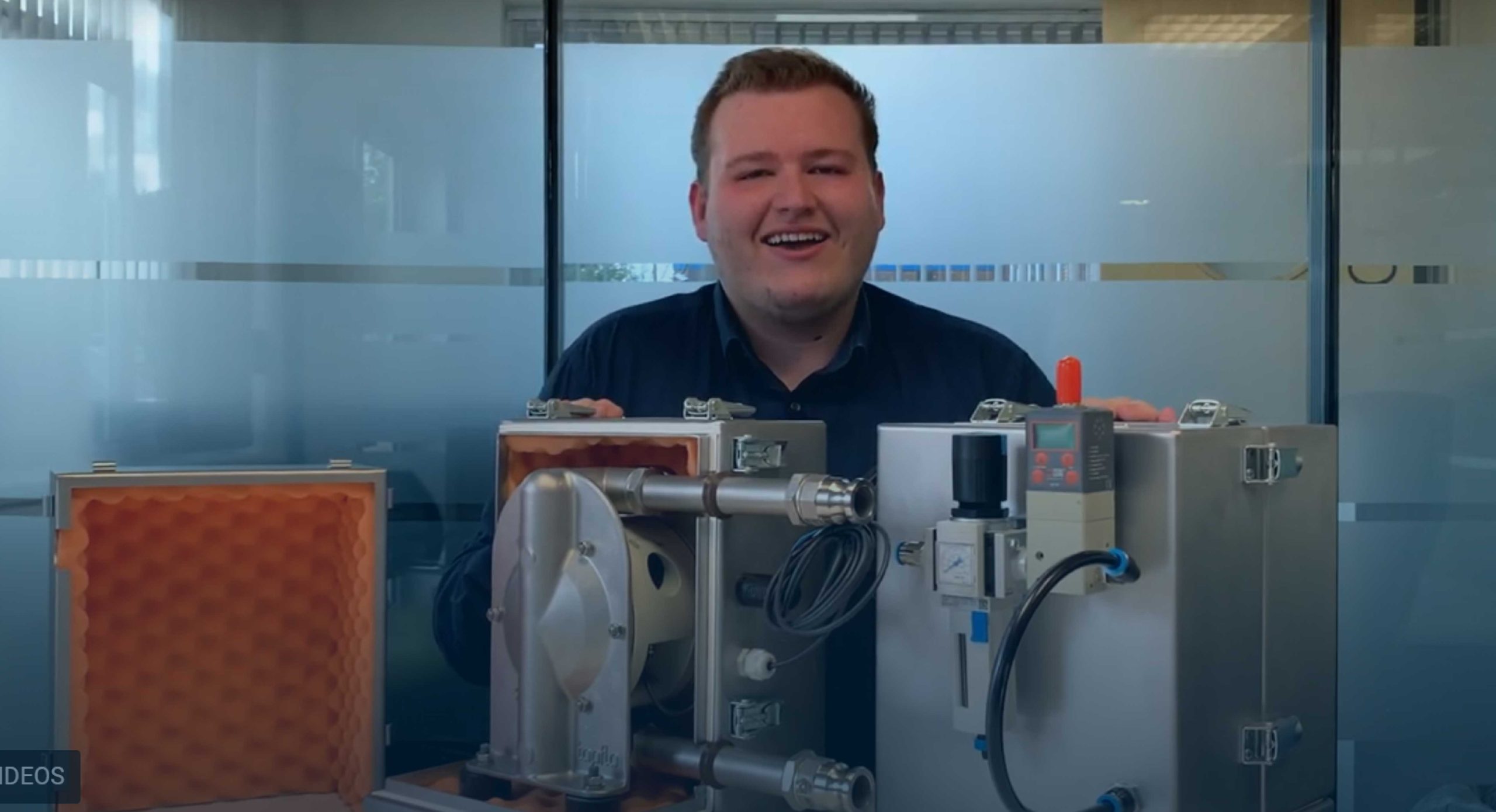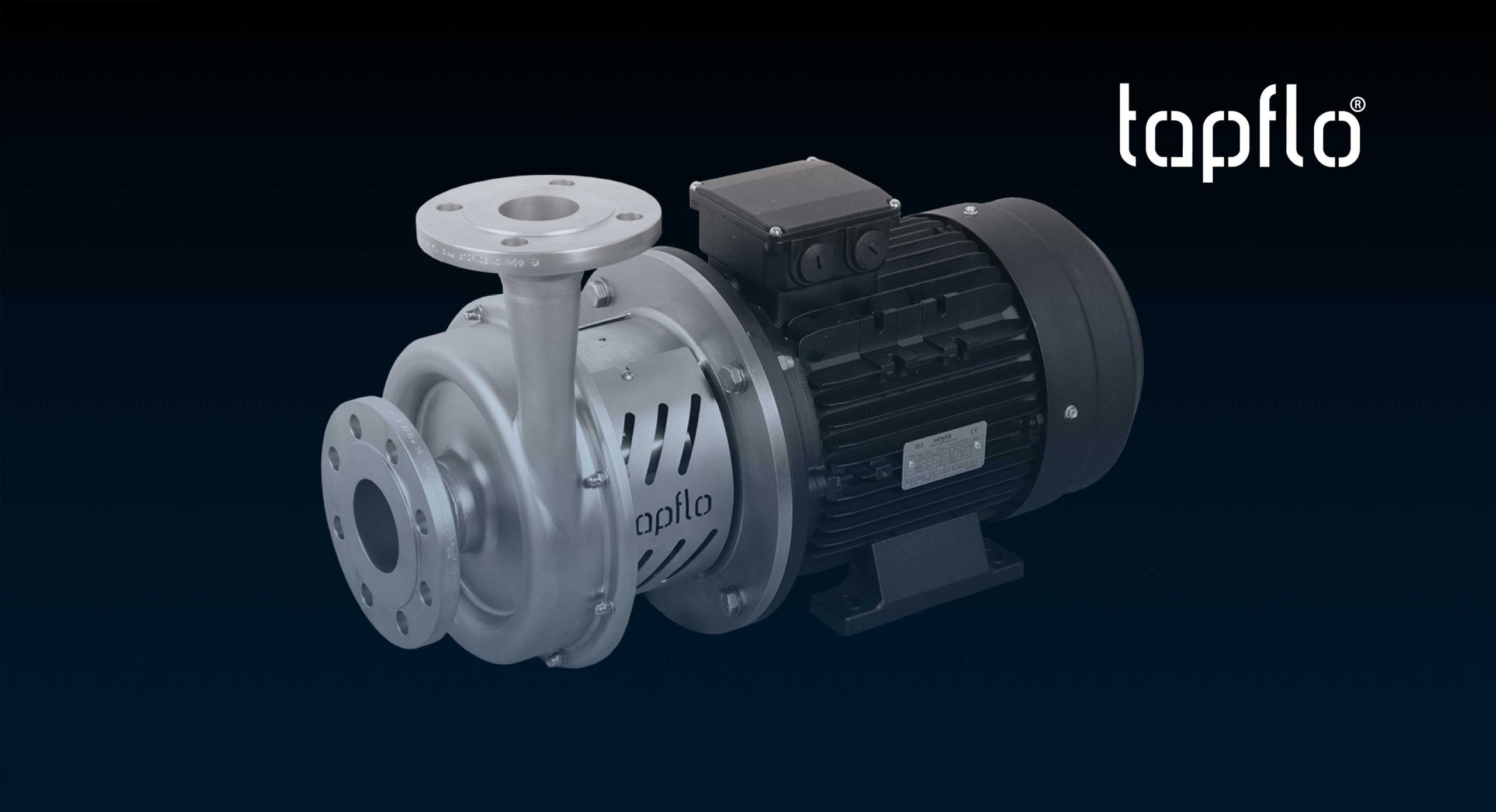Surface Treatment Pump Solutions
Creating a safe process
The application of Tapflo pumps to the Surface Treatment Solutions covers sectors such as galvanisation, plating, degreasing, pickling, coating/painting, and etching. Many hazardous chemicals are used in the process of these surface treatments. A relevant issue is to provide a safe environment throughout the process from pre-treatment, surface treatment, after treatment to waste handling. This involves encapsulation and automatization of the process and handling of chemicals. Safe and reliable pumps and filters are important components in creating a safe process.
Process & Fluid examples
- Electrolytic zinc plating Copper, Nickel, Tin, Silver and Gold plating
- Alcalic zinc
- Zinc-iron
- Zinc-nickel
- Hexavalent Chromium-free plating
- Chromates/Passivation
- Acid zinc
- Chemical nickel
- Anodic coating
- Organic coating
Duties for our Pumps & Filters
- Degreasing bath
- Pickling bath
- Alkaline bath
- Acid bath
- Electro-plating bath
- Waste from bath Drum
- Drum handling
- Filter press feeding
INDUSTRY INSIGHT – THE PROCESS BEHIND THE FINAL PRODUCT
Galvanisation
Galvanisation is the coating process most used to prevent the corrosion of iron and steel. The process consists of coating the metal with a layer of zinc by submerging the metal in a bath of molten zinc at high temperature (about 450 °C). Galvanisation is achieved when the metal gets in contact with the hot zinc, creating a metallurgical reaction that produces a series of zinc-iron alloy layers on the surface of the metal. The final product is a protective zinc coating that protects the iron or steel from harsh environments by preventing rusting. To secure the metallurgical reaction and achieve good quality coating, the surface of the metal has to be chemically clean. The preparation of the surface is essential before galvanising and types of contamination like grease and dirt are removed by a variety of processes. The most common practice of surface cleaning is named decreasing. The metal is first dipped in an alkaline or acidic solution and then rinsed in cold water to avoid contaminating the rest of the process.
Plating
The metal plating process involves creating a thin layer of metal (nickel, copper, chromium or other metal) that coats a substrate. Metal plating provides many benefits to products made from metal and other materials, including inhibit corrosion and enhance appearance. The plating manufacturing process that can be achieved through electroplating, which requires an electric current, or through electrolysis plating, which is in the autocatalytic chemical process. In either case, the technique results in one or several of the following benefits:
- Improved corrosion resistance
- Decorative appeal
- Increased solderability
- Enhanced strength
- Reduced friction
- Altered conductivity
- Enhanced paint adhesion
- Increased magnetism
Degreasing
Degreasing covers a wide range of applications across almost every conceivable industry, particularly in wash bays for metals. In the degreasing process, degreasing chemicals are used to remove dirt, oil and other inorganic material from surfaces. Acid and alkali degreasers remove oils and other soils through aggressive chemical reactions. These, are toxic acids that require safe handling and automatization processes to avoid harm to human and minimise the environmental impact.
Coating and Painting
Coatings provide two primary functions— decoration and protection — that are of considerable economic importance. Without coatings, product lives might be shortened drastically and many products would not even be marketable. Most of the remaining coatings, called “special purpose,” are used for miscellaneous applications such as traffic paints, vehicle refinishing, high-performance coatings for industrial plants and equipment, and protection of marine structures and vessels. These are usually applied outdoors in ambient conditions.
Etching
Chemical milling, photo etching or the metal etching process is a very specific and controlled method of manufacturing parts and components, as part of the large industry that is subtractive manufacturing. The etching process involves utilising temperature-controlled etchants, such as ferric chloride, which by eating away the design on the surface pf the metal previously printed. The designs are left exposed to the acid, while the rest of the metal is protected by a photoresist. The end result can produce items that look like they have been engraved or parts that are formed from one sheet of metal, no matter how intricate or complex the design.

